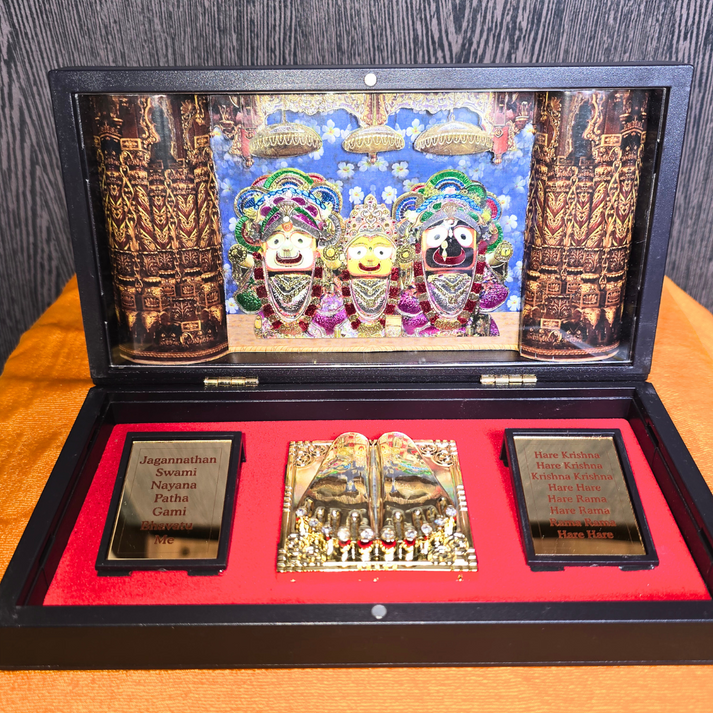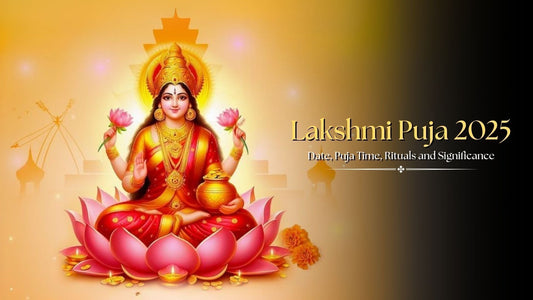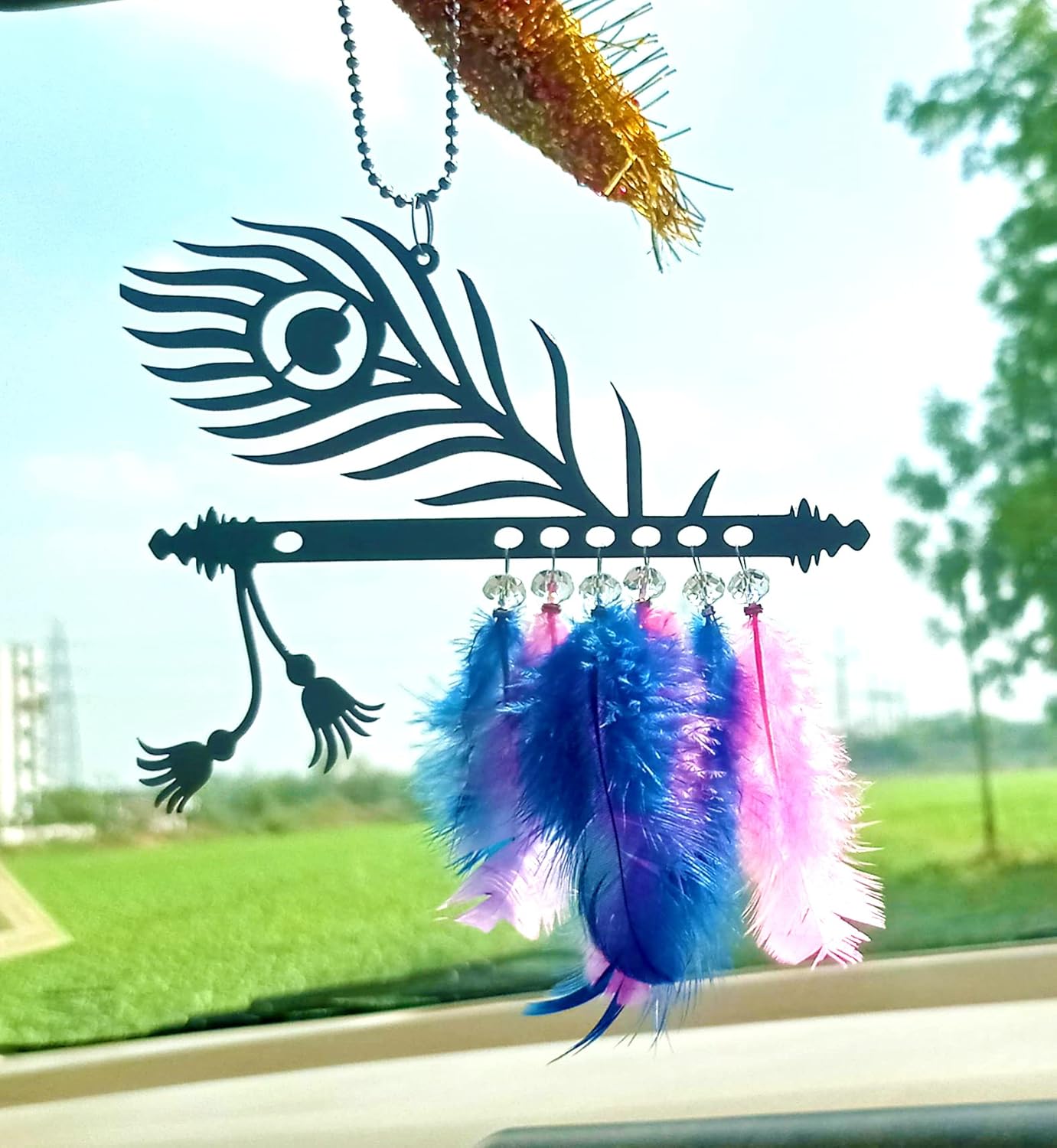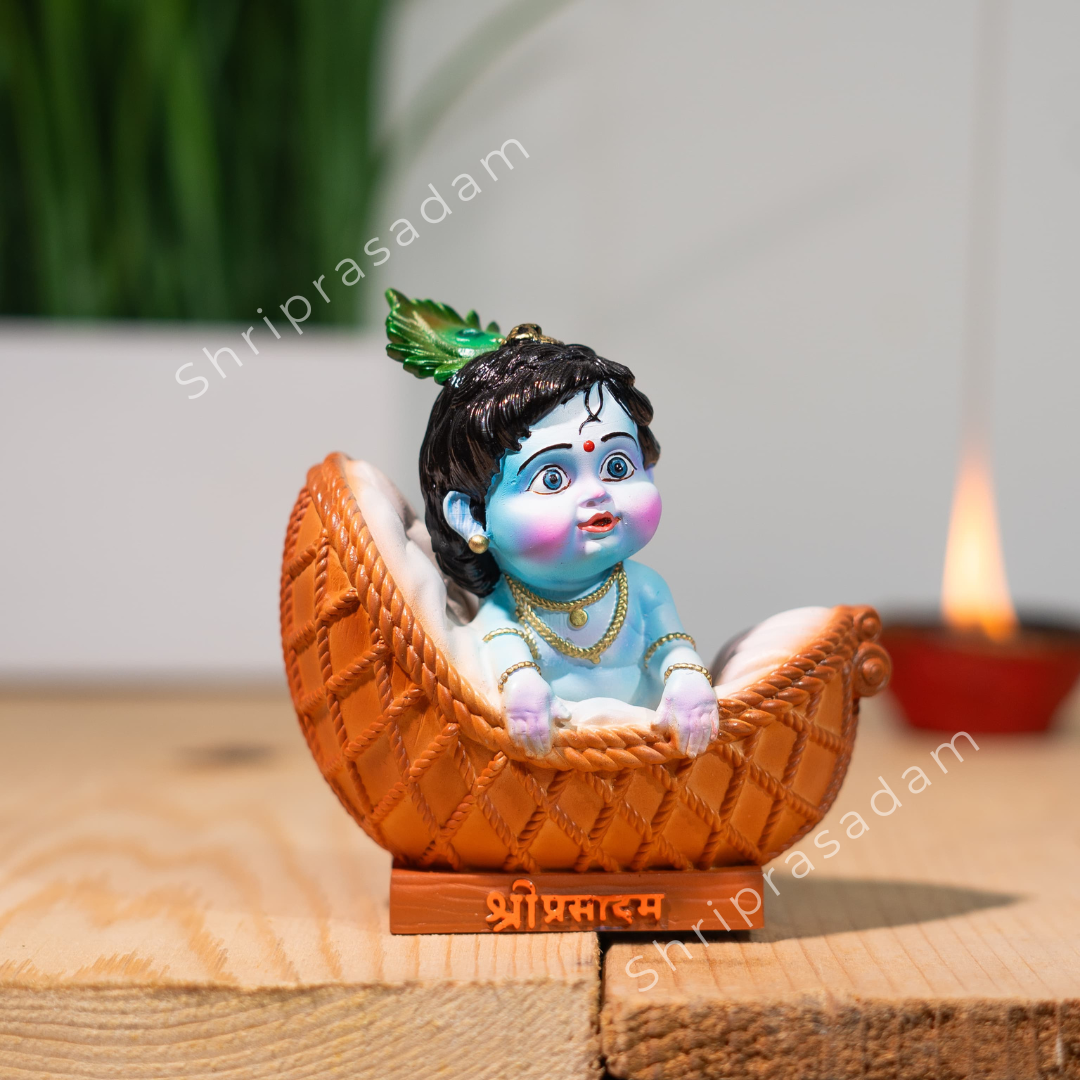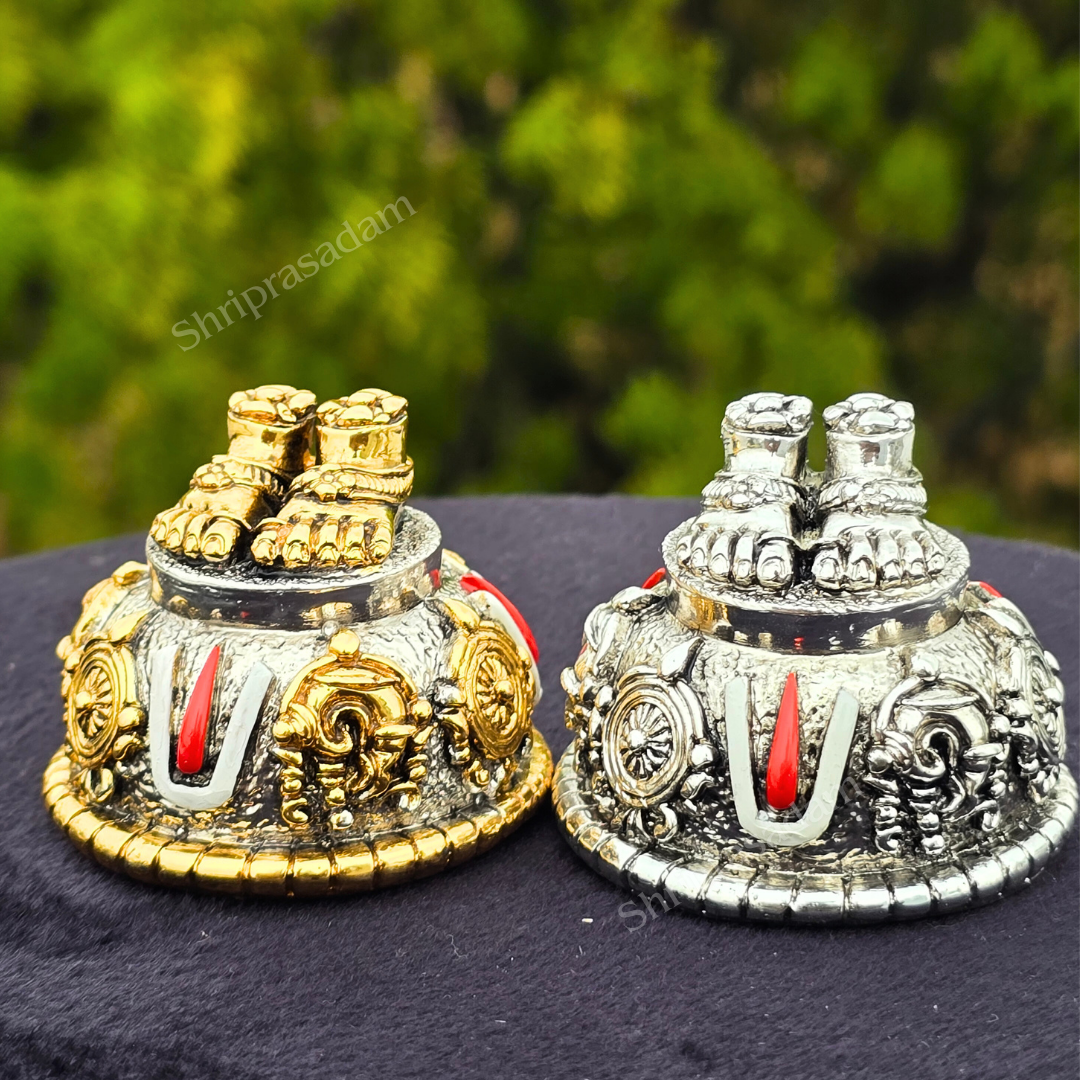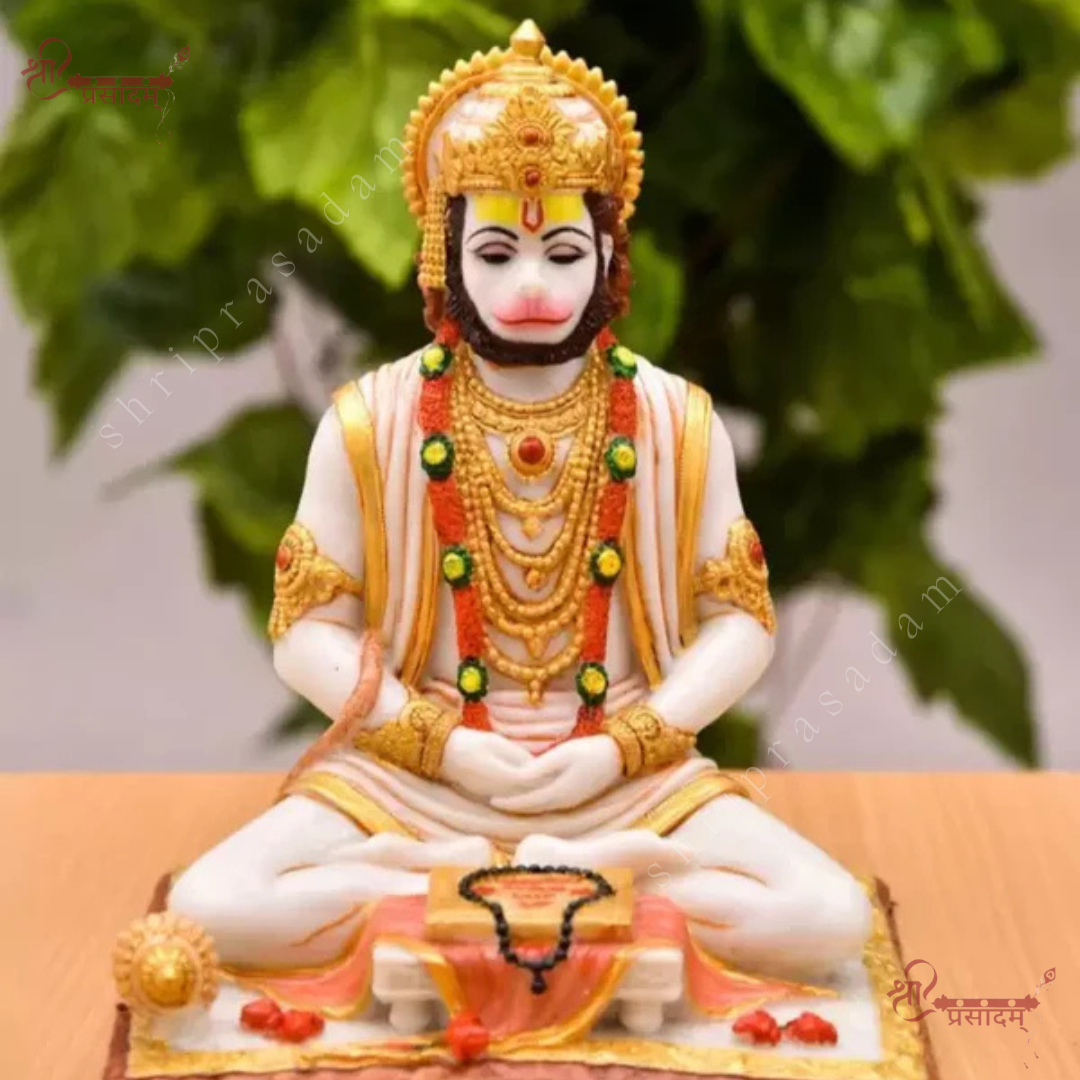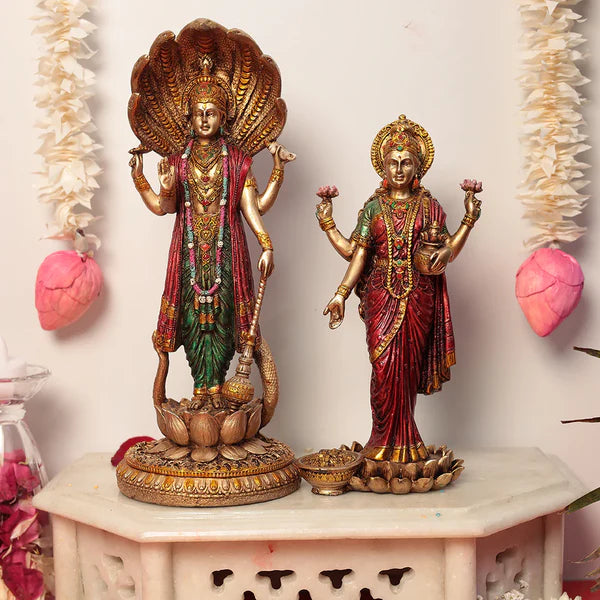
Jagannath Rath Yatra 2025: Date, History, Rituals, and Devotional Significance
Share
The Jagannath Rath Yatra is one of the most celebrated and spiritually powerful festivals in India. Taking place annually in the sacred city of Puri, Odisha, this divine event attracts millions of devotees from across the globe. In 2025, the Jagannath Rath Yatra will be observed with immense devotion and grandeur on Sunday, June 29, 2025.
Let us delve deep into the rituals, mythological importance, celebrations, and key highlights of Rath Yatra 2025.
Jagannath Rath Yatra 2025 Date & Timing
-
Festival Date: Sunday, 29th June 2025
-
Start Location: Shree Jagannath Temple, Puri, Odisha
-
Destination: Gundicha Temple (3 km away from main temple)
- Return Yatra (Bahuda Yatra): 6th July 2025
What is Rath Yatra?
Rath Yatra, also known as the Chariot Festival, is an annual procession where Lord Jagannath, along with his siblings Lord Balabhadra and Devi Subhadra, embarks on a journey from their home temple to their aunt’s abode, the Gundicha Temple. The deities are carried in elaborately decorated wooden chariots, pulled by thousands of devotees chanting bhajans and mantras.
This is the only time in the year when the deities come out of the sanctum for public darshan, symbolizing accessibility of the divine to all devotees, regardless of caste, creed, or religion.
Mythological Significance of Rath Yatra
According to Hindu mythology, the journey to the Gundicha Temple marks the divine visit of Lord Jagannath to His maternal aunt's house. It is said that:
- Lord Jagannath is a form of Lord Krishna.
- Gundicha Temple represents Vrindavan, and the Yatra is symbolic of Krishna’s return to his beloved land.
- The tradition of the Rath Yatra is over a thousand years old and is mentioned in the Skanda Purana, Brahma Purana, and Padma Purana.
The Grand Chariots of 2025
Three magnificent wooden chariots are constructed anew every year:
- Nandighosa (Jagannath): 18 wheels, 45 feet high, yellow and red canopy.
- Taladhwaja (Balabhadra): 16 wheels, 44 feet high, blue and red canopy.
- Darpadalana (Subhadra): 14 wheels, 43 feet high, black and red canopy.
Each chariot is pulled by lakhs of devotees with thick ropes, and touching or pulling the chariot is believed to wash away sins.
Jagannath Rath Yatra 2025 Route
- Starts from Shree Jagannath Temple
- Proceeds along the Bada Danda (Grand Road)
- Reaches Gundicha Temple where deities reside for 7 days
- Returns via Bahuda Yatra back to the main temple
During this time, Puri turns into a vibrant ocean of devotion, music, and spiritual energy.
Key Rituals to Witness
-
Snana Yatra: Deities are bathed with 108 pots of water (before Rath Yatra).
-
Anasara: Post Snana, the deities fall ill and remain out of public view.
-
Netrotsav: Day before Yatra, deities regain health and new idols are painted.
-
Chhera Pahanra: King of Puri sweeps chariot floors, signifying humility.
-
Bahuda Yatra: Return journey to the Jagannath Temple.
-
Suna Besha: Deities are adorned in gold ornaments.
- Niladri Bije: Final ritual where deities re-enter the sanctum.
Interesting Facts About Lord Jagannath
1. The Mysterious Origin of Lord Jagannath’s Idol
Explore how the deity’s form is unlike any other in Hinduism with large round eyes, no visible limbs, and a unique carved structure. Dive into the legends of how Lord Vishnu appeared as Daru Brahma (divine wood).
2. Nabakalebara – The Ritual of Replacing Idols
Every 12 to 19 years, the wooden idols of Jagannath, Balabhadra, Subhadra, and Sudarshan are replaced in a secretive and deeply sacred ceremony. This ritual is known as Nabakalebara, and it symbolizes the rebirth of the Lord.
3. The Secret of the Brahma Padartha (Divine Essence)
According to tradition, a mysterious element called Brahma Padartha (divine soul-substance) is transferred from the old idol to the new one during Nabakalebara. It is never seen by anyone - even the priests conduct it blindfolded and in total darkness.
4. Jagannath Temple's Non-Shadow and Sound Phenomenon
- The temple dome casts no shadow at any time of the day — a marvel of ancient architecture.
- The sound of the ocean disappears when you step inside the Singhadwara (main entrance), but becomes audible again as you walk away.
5. Mahaprasad – Food of the Gods
The Mahaprasad of Puri is unique as it is cooked in seven earthen pots stacked vertically, and mysteriously, the top pot cooks first. It is considered sacred, and everyone - regardless of caste is allowed to eat it together at Anand Bazaar.
6. Chakra and Flag Miracles
- The Sudarsan Chakra atop the temple always appears to face the devotee, no matter where they stand in Puri.
- The flag atop the temple flows in the opposite direction of the wind—a mystery yet to be explained scientifically.
7. Non-Hindu Entry Ban
Unlike many temples, only Hindus are allowed inside the sanctum of the Jagannath Temple. However, the Rath Yatra gives all people, including non-Hindus, a chance to worship and even pull the chariots.
8. Subhadra – The Only Female Deity in the Procession
Devi Subhadra is the sister of Jagannath and Balabhadra and uniquely participates in the Rath Yatra. Her chariot, Darpadalana, symbolizes maternal grace and protection.
9. Historical Link to Buddhism and Tribal Worship
Scholars suggest that Lord Jagannath may have tribal origins, linked to the Savara tribe, and some features hint at Buddhist influences in worship practices.
10. Cultural Legacy: Lord Jagannath in Art, Dance, and Music
From Odissi dance to Pattachitra paintings and devotional bhajans, Lord Jagannath has deeply influenced Indian classical art and folk traditions.
Why You Should Experience Rath Yatra in Puri
- One-of-a-kind blend of devotion, culture, and divine aura.
- The chance to witness the deities outside their temple.
- Participation in chariot pulling, believed to bless the devotee with moksha.
- Spiritual music, kirtans, and bhajans fill the air with devotion.
Travel Tips for Pilgrims in 2025
- Book trains and hotels at least 2–3 months in advance.
- Stay hydrated and carry light snacks.
- Wear traditional yet comfortable clothes for the long procession.
- Respect the spiritual space and avoid pushing in the crowd.
❓ FAQs about Jagannath Rath Yatra 2025
Q1. When is Jagannath Rath Yatra 2025?
A: It will be celebrated on Sunday, 29th June 2025.
Q2. Where does the Rath Yatra take place?
A: The Yatra begins at Jagannath Temple in Puri and ends at Gundicha Temple.
Q3. What is the distance covered in Rath Yatra?
A: Approximately 3 kilometers from Jagannath Temple to Gundicha Temple.
Q4. Can non-Hindus participate in the Rath Yatra?
A: Yes, non-Hindus can participate and pull the chariots, though entry to the main temple is restricted to Hindus only.
Q5. What is the spiritual benefit of pulling the Rath?
A: It is believed to absolve devotees of sins and grant divine blessings.
Q6. Is photography allowed during the Yatra?
A: Yes, but drones and professional filming may require prior permission.
Final Thoughts
The Jagannath Rath Yatra 2025 is not just a religious event, it's a transformative journey into the heart of devotion and tradition. Whether you're attending in person or spiritually observing from afar, this Yatra promises divine grace, boundless joy, and a deep connection with the cosmic force that is Lord Jagannath.
Make sure to plan early and immerse yourself in this grand celebration of faith in Puri.


